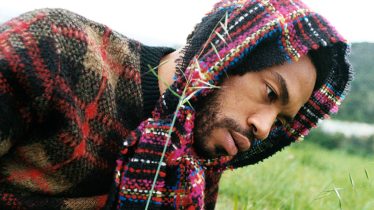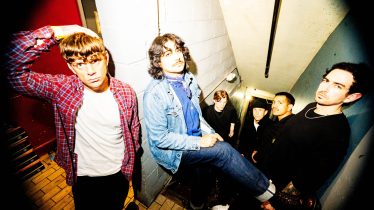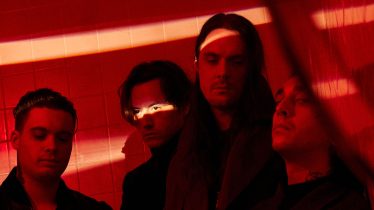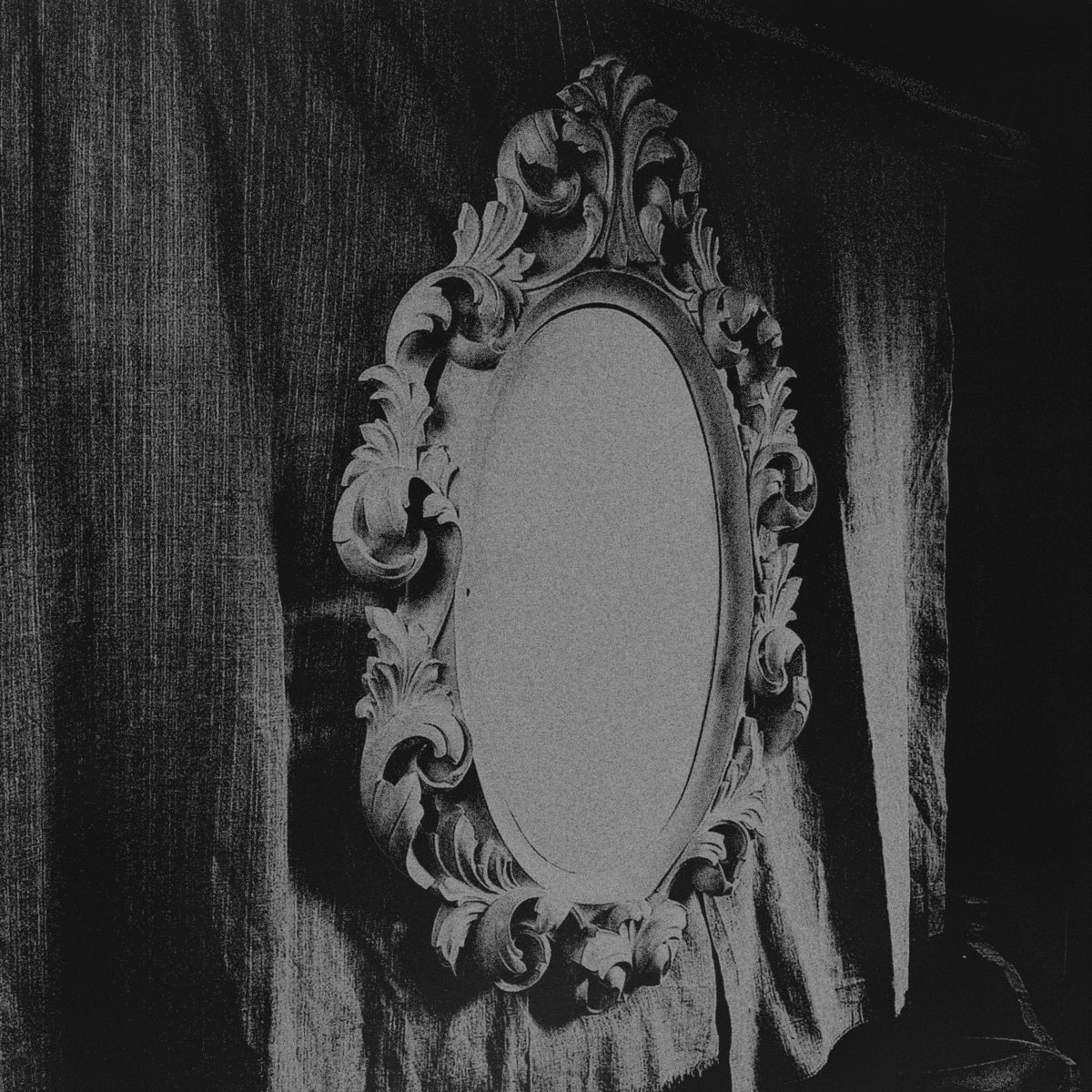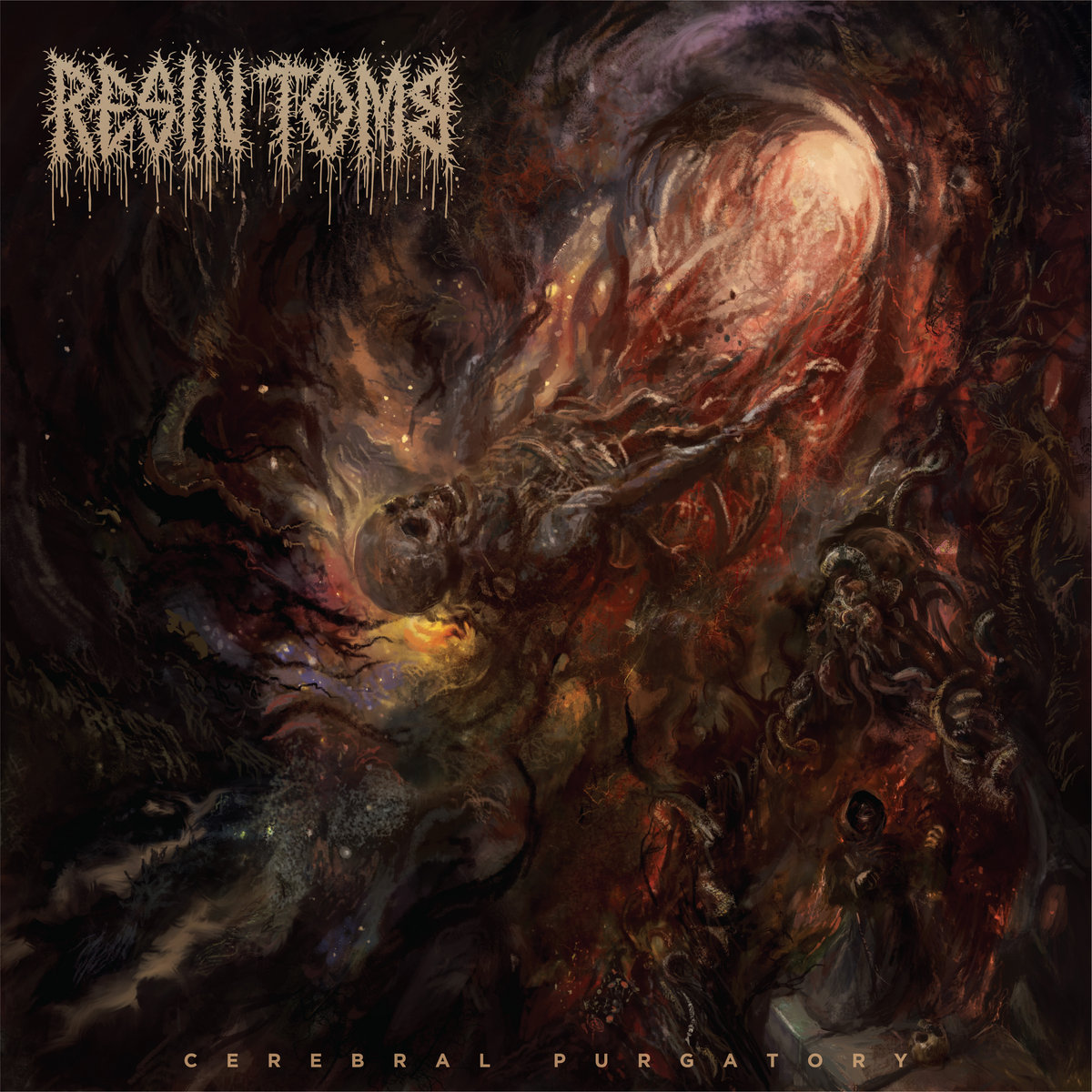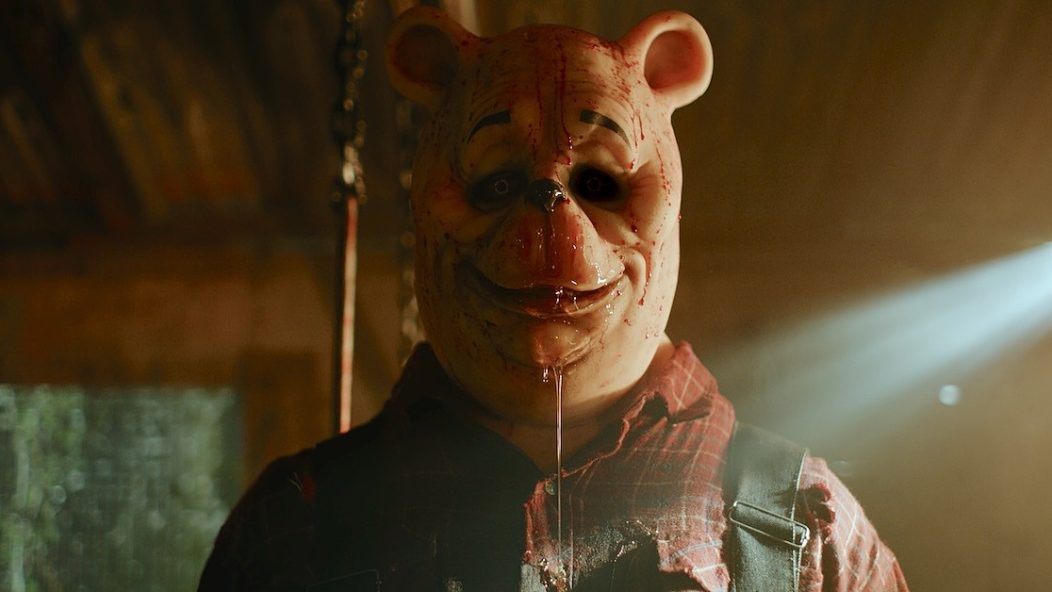
How filmmaker Rhys Frake-Waterfield turned a children's character into a killing machine in Winnie the Pooh: Blood and Honey
It’s almost time to step back into the Winnie the Pooh-niverse. Although, this time, it’s going to look quite different from what you may remember from your childhood. From the mind of U.K.-based director Rhys Frake-Waterfield comes Winnie the Pooh: Blood and Honey, a gloriously depraved, new film adaptation of the beloved children’s classic that has become a viral internet phenomenon ever since the first trailer was revealed in late 2022.
For those wondering how Frake-Waterfield was able to get a slasher film greenlit based on one of the most iconic children’s tales of all time, it is actually quite simple, due to a little thing called the public domain. In early 2022, the first Winnie-the-Pooh book by A.A. Milne, which was published in 1926, officially came up for grabs, according to U.S. copyright law that states authors’ works can be used 95 years after the first publication. Waterfield understandably jumped at the chance to provide his own unique spin — but make no mistake, it had to be done with the utmost care, as he still had to be sure not to venture too close to Disney’s well-known adaptation that’s very much protected under lock and key.
Read more: 15 years later, the horror-comedy Teeth still has bite
With Winnie the Pooh: Blood and Honey, which arrives in theaters Feb. 15 for a special, limited theatrical run this month, Waterfield has created a sinister take on the original children’s book that invites viewers to enter a dark and tragic setting of the Hundred Acre Wood that has seemingly fallen apart over the course of decades. Familiar faces such as Piglet (Chris Cordell), Christopher Robin (Nikolai Leon), and, of course, Pooh (Craig David Dowsett) himself make an appearance (sorry, Tigger fans, don’t expect to see him) — but things will be far from copacetic amongst the bunch.
Tackling themes of abandonment and displacement, Winnie the Pooh: Blood and Honey chronicles the events following Christopher Robin’s departure from the Hundred Acre Wood after childhood, which has led to an overwhelming sense of “resentment and trauma” to build up over the years within his woodland creature best friends. In his absence, the creatures have become “feral” and murderous, posing a menacing threat to anyone who comes across them. What ensues is an unrelenting bloodbath based on revenge and unspeakable torment through the lens of an over-the-top and low-budget film experience that is unafraid to take extreme risks.
AltPress spoke with writer/director Rhys Frake-Waterfield to discuss the origins of Winnie the Pooh: Blood and Honey, the creative process, its central themes, viral success, and the prospect of other horror adaptations he has in the works for the future.
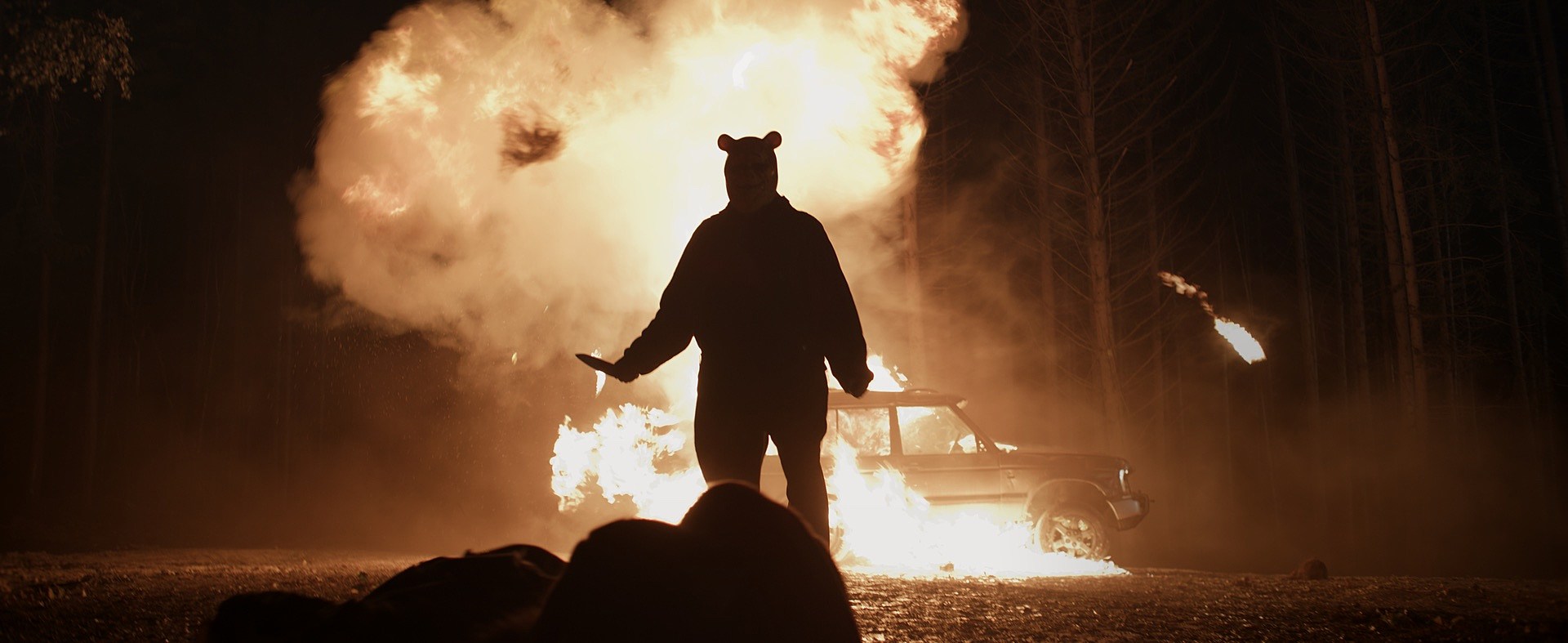
[Courtesy of Altitude Film Distribution]
What about the Winnie the Pooh universe was so intriguing to you that when the original 1926 novel entered the public domain, you knew you had to jump at the chance to make this film?
We wanted to focus on ideas with an X-factor, and where things are really contrasting. When we told people we wanted to do a Winnie the Pooh horror movie, nine out of 10 people reacted strongly and we knew this was a cool concept to go down. The next stage was the look of the monster and the character of Winnie. There were two routes to go down. There’s a route where he’s a bit Chucky-like and a two-foot VFX creature, which everyone would [typically] jump to — but then we thought maybe we don’t want to go down that route because it would come across unoriginal, and also the creature wouldn’t be featured in the movie as much since it is so VFX-dependent.
We decided to go down a more practical route where he’s bigger and more menacing. I came across this mask [online] and it was absolutely perfect. It’s just this yellow bear and we built the costume around it with Marigold gloves that cost only a pound. [Laughs.] From there, we started creating these really crazy scenes and thinking of what kind of weird scenarios we could put [Pooh] in. It’s so bizarre to be sitting there trying to direct and you have this massive Winnie the Pooh staring back at you, and you’re like, “What am I doing with my life?” [Laughs.]
Obviously, you mention that you didn’t want to make the character of Pooh look like what we remember from the books, but I imagine you also had to be very careful not to venture too close to the Disney adaptation for legal reasons. What was it like only adhering strictly to the original and were there any challenges with that?
I would say 95 percent of people when you ask them what Winnie the Pooh looks like will have the Disney version in their mind. That was something we wanted to stay clear of, and when I was writing the story and developing the look, I made sure not to watch a single Disney episode or film because I didn’t want to even get subconsciously influenced by it. I just looked at the 1926 [children’s book] and skimmed it to see whatever I could use. [For instance], in the book, Tigger is not in it, so that was a big thing straight away. If you didn’t do your research and used him, you were going to have someone knocking on your door shutting it down.
We had the [core] characters there in the 1926 version, so we looked at what antics they would go on, where they lived, and how Christopher Robin interacted with Pooh. There are moments in the film where we have a younger Christopher Robin and the phrases he uses are [actually] quotes from the 1926 book. When we had the story in place and felt like everything was locked, that’s when I looked at the Disney stuff to make sure I had not accidentally come up with something that they had developed. In the end, we now have this interpretation that is so different from the Disney one. It seems like it’s possible to use parody law and some people can venture into that world, but that seemed too risky so we chose to do our own unique version.
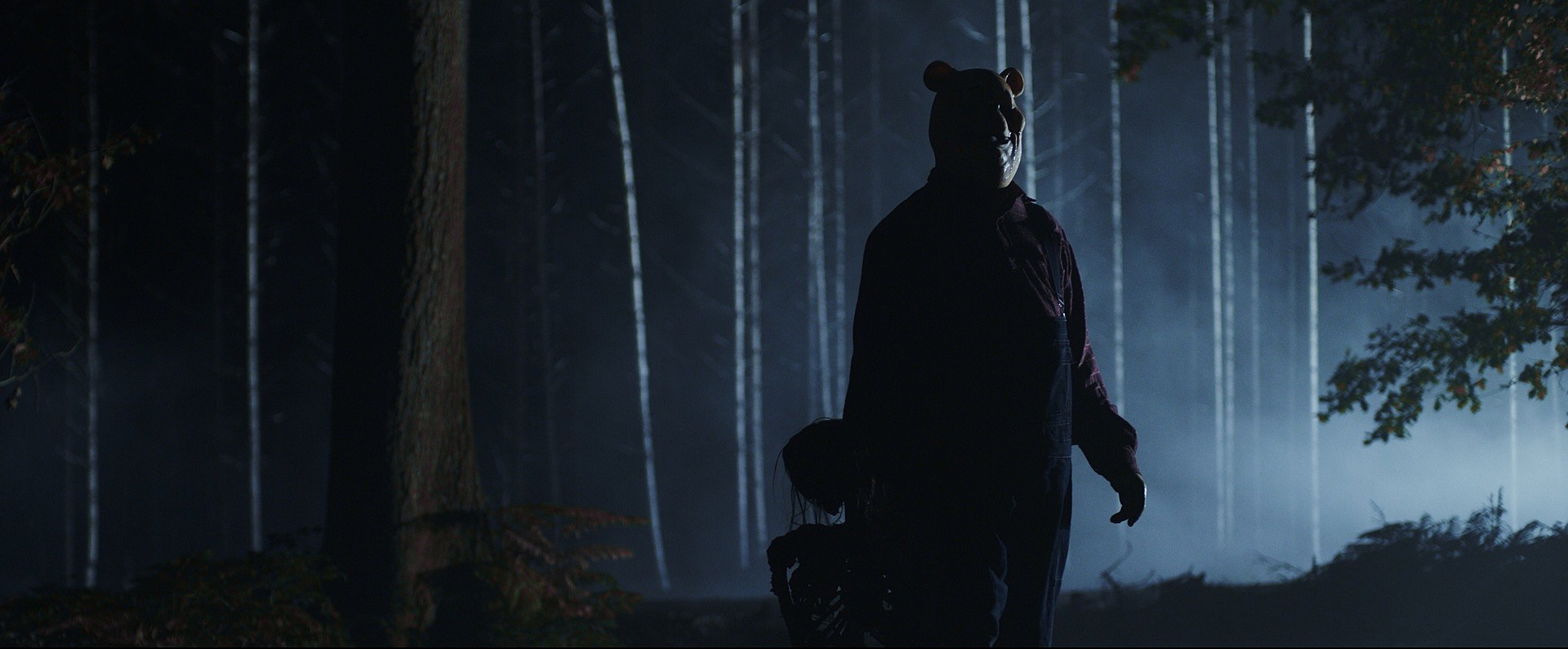
[Courtesy of Altitude Film Distribution]
Can you expand upon the themes that you are presenting within this movie such as abandonment, displacement, and the psychological ramifications this can pose?
That’s a big element of the story and the main theme is abandonment. That’s what happened to Pooh and it’s quite a deep-seated anger that he has now built up toward Christopher Robin. You get inklings at the start because Christopher has gone away and now they have to fend for themselves and have been forced to experience a much harsher reality than they were used to before. This is expanded on later in the film when Pooh and Christopher have a scene.
Pooh looks in the mirror and starts to get these flashbacks to when he was younger, how things were — and when it comes away from those memories, you see how horrifying he is now. It’s one of my favorite shots of the film.
We also got [Pooh] to cry a tear of honey. [Laughs.] It’s this unusual relationship that Pooh has with Christopher because at one point he loved him and they were best friends, but then he went through all of these traumatic events and blames him for that. With everyone else, he will kill on-site because he’s become so deranged and feral, but he never wants to fully kill Christopher — he just wants to cause him the pain and suffering that he experienced.
What would you say was the most rewarding moment on set during the filming process?
Near the end of the film, two girls who are running come across a car after being chased by Winnie and ask for help from the people in the car who are these kinds of hooligans that then get out and have this confrontation with Pooh. You can build up so much tension as the four [hooligans] approach Pooh, taunting him, but he just stands there quietly and menacing. They then start to beat him up for a bit, but he attacks back — and that was a really fun scene. Every time I watch it back, it’s the scene I’m the most excited for from a horror perspective.
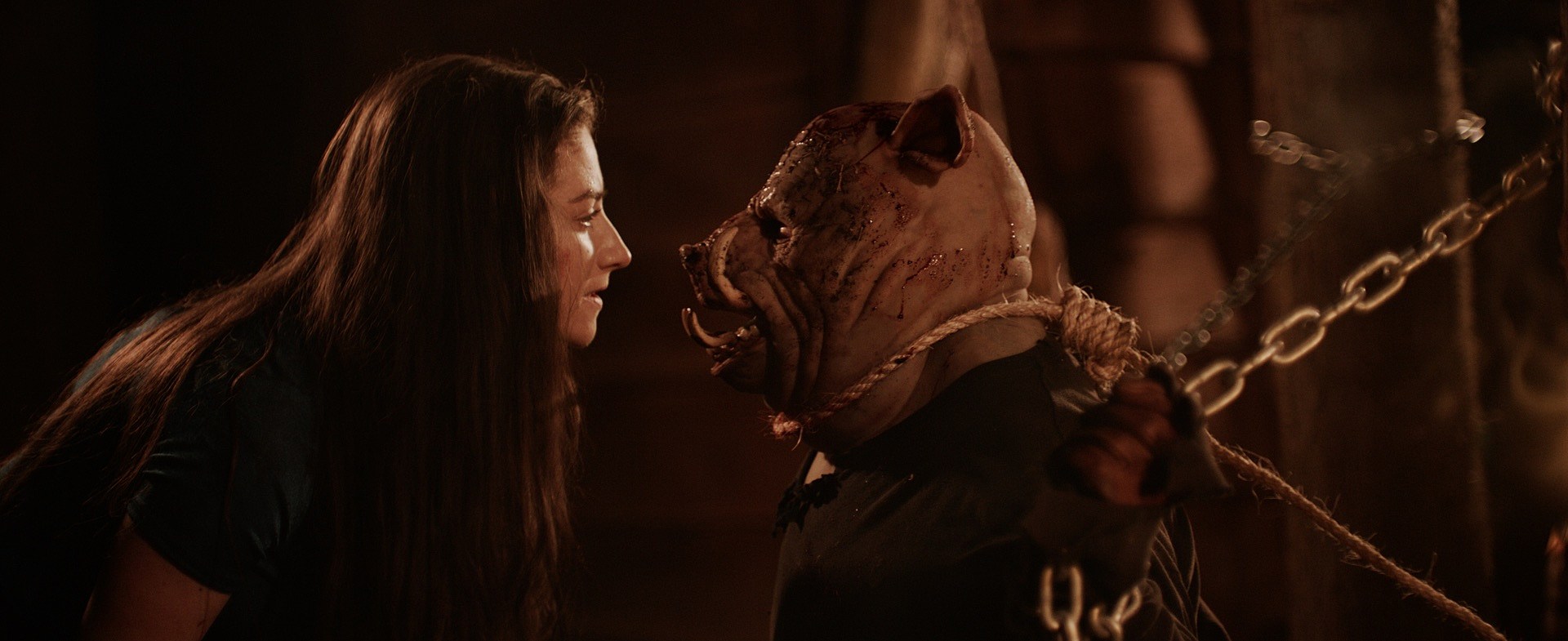
[Courtesy of Altitude Film Distribution]
The film, as a whole, has already garnered a lot of attention and hype just from one trailer being released. What do you make of the overwhelming excitement and phenomena this has become already?
I never thought something like this would blow up to this scale. I was confident in the story and thought the concept would do well, but this is a once-in-a-lifetime chance for something like this to happen. It went absolutely wild even [before we released the trailer] and a couple of [publications] posted a few stills from the movie and it just blew up everywhere — literally overnight. I remember being asleep and waking up to my phone going off with texts saying, “Check your phone.” When the trailer dropped, it went even more mad because people were like, “It actually looks good.” [Laughs.] People were probably expecting a low-budget film that looked like absolute rubbish, but it wasn’t. Now the theaters have watched it and we have [expanded] the theatrical release, so I think everyone’s feeling very confident about it. We did this all with no PR, marketing, and zero spends. It just goes to show you that if you have the right concept, people will gravitate toward it. I am hoping that people really like it so we can do [a second film] as well with a higher budget.
It feels like this is the era of independent horror cinema making its grand comeback. What do you make of the state of horror today?
I love that films like [Terrifier 2] are so successful right now. When I compare that with Halloween Ends, it’s such a better film and had a budget that was a fiftieth of what they probably had. I love that these unique, different villains and takes you can do with horror are showing that you do not need millions of dollars to do a good film. I’m hoping that more of these concepts continue to get greenlit and I’m sure the profit margins should help encourage it. Not only will we get more quantity, but we’ll get more quality. Some horror takes itself too seriously, but there is now a market to go back to how it [originally] was.
You have several other, similar projects in the works. What can you reveal about them?
We have two other films in the works, including Peter Pan’s Neverland Nightmare and Bambi. At the moment, we are going to prioritize Bambi above Peter Pan just because it seems that people are more interested and excited about it. With Peter Pan, though, I think we have a really cool idea for a story. It’s going to be very different from the original and I want Neverland to be more of this limbo, dream reality where all of these people are. That way, we can have a lot of fun with alternate realities and go really cinematic with the lighting and stuff. I want the people at this carnival of Neverland to be this horror circus and I want there to be big 7-foot cannonballs and make it this strange reality to step into.
